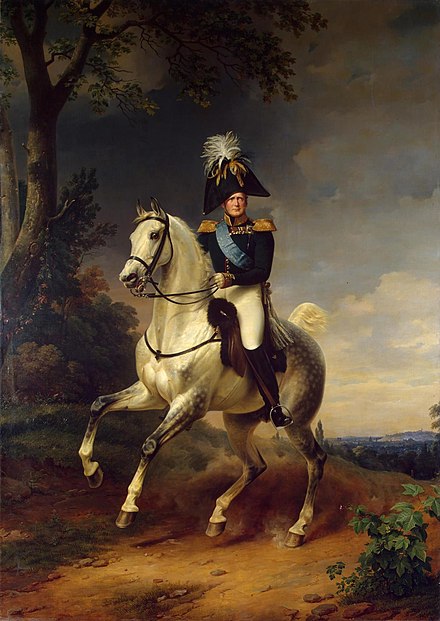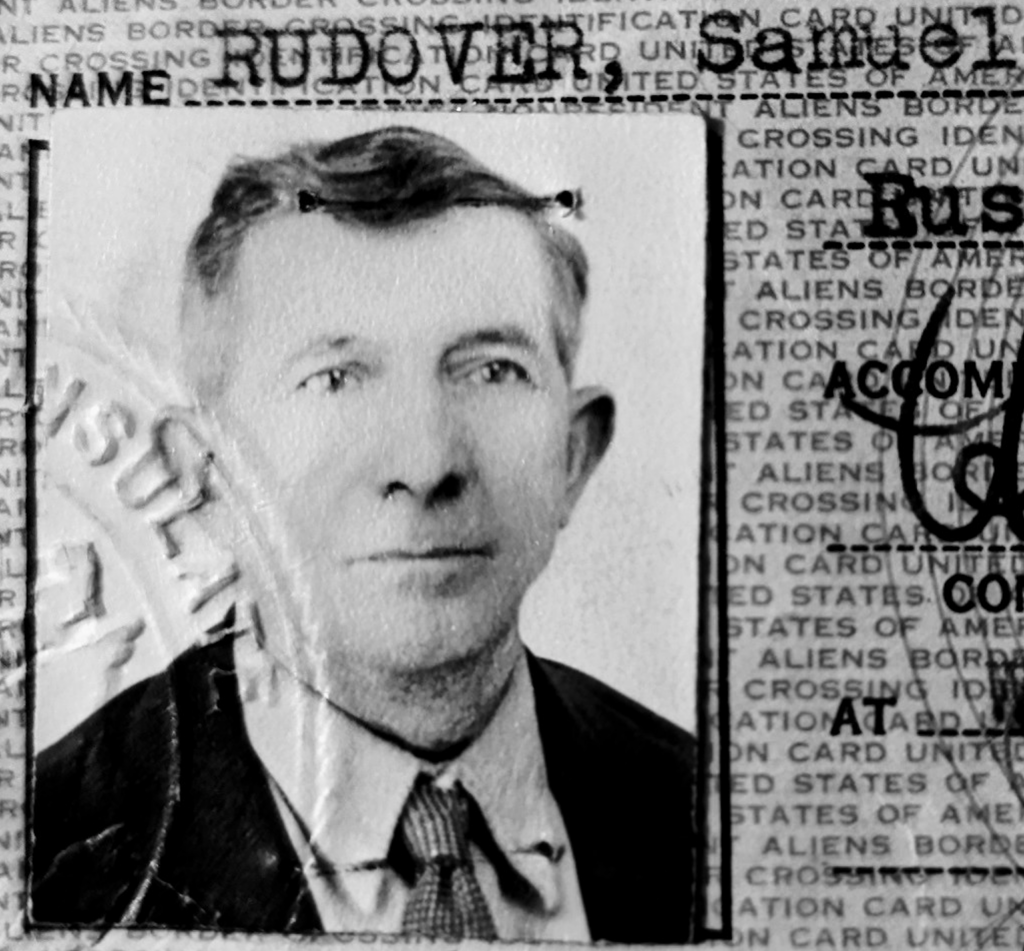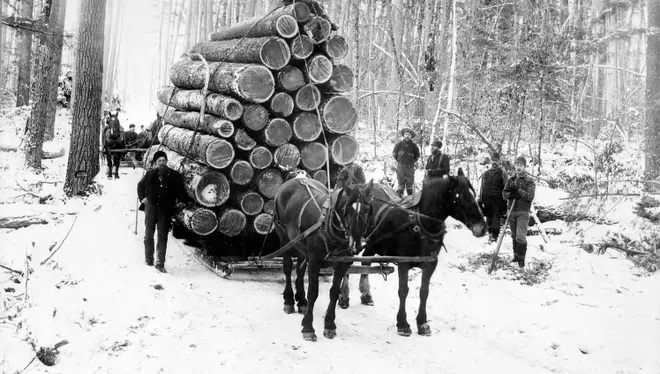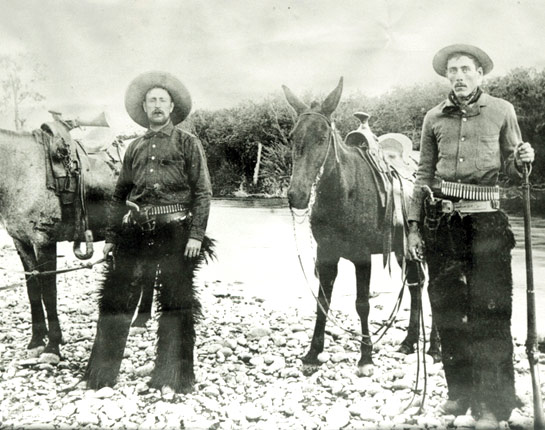1801 St. Petersburg, Russia. Alexander I (the Blessed) was thrust into becoming the Emperor of Russia after the assassination of his father. Just 23, he knew military force would need to be prioritized, specifically outfitting his fleet of horses with the best tack money could buy.

He sent close friend and advisor Viktor Kochubey in search of the best blacksmith in the country to outfit his horses. Traveling from St. Petersburg to Moscow, Kochubey met with several blacksmiths that told him about a gentleman on the shores of the Black Sea. Kochubey made the long journey to the village of Melitopol to see the work of metal recycler and renowned blacksmith, Samuel Rudover.

Upon review of his work, Kochubey commanded Mr. Rudover to travel with him to St. Petersburg to work for the Emperor. Sam as his friends called him, made one stipulation. He would only do so if they could supply enough scrap metal for the tack he was to produce. While he was a superior blacksmith, he was first and foremost a metal recycler. Kochubey agreed and the men made their way to St. Petersburg.
Sam designed, melted, and forged horseshoes made of a new alloy he developed called stainless steel. When he added chromium, nickel, and molybdenum to iron it created a corrosion resistant metal that could withstand the wear and tear of battle.
Having outfitted the entire Russian fleet, word had spread to America of his unique metal working skills and durable tack. Soon thereafter, President Thomas Jefferson wrote a letter to Sam requesting his service to aide in the entry of the newest State to the Union. Michigan entered the Union as the 26th State on January 11, 1805.

Sam moved to America and became part of Governor William Hull’s inner circle with the likes of Stanley Griswold, Samuel Huntington, Augustus Woodward, and Frederick Bates. Detroit Horse & Tack was formed in the summer of 1805 and became the first recognized corporation in the State of Michigan. Sam remained committed to the State for five years before pursuing more creative non-war related tack manufacturing.

One of his largest commercial accounts were loggers from the Upper Peninsula who would commission Sam to design every part and tool needed for logging.

It wasn’t long until cowboys came knocking on his door requesting him to design durable belt buckles, spurs, and stirrups made from his special alloys. Sam served loggers and cowboys until he and his wife Roni had their first son, Abraham. As a devoted father, Sam continued operating Detroit Horse & Tack but knew his wife needed help with another baby on the way. By the time Israel was born, Sam and Roni had to step back from operating the family business and focus on raising their children.
By the time the boys were teenagers, Sam began teaching them how to produce the highest quality tack in the region. Since then, Detroit Horse & Tack has remained the leader of stainless steel tack.